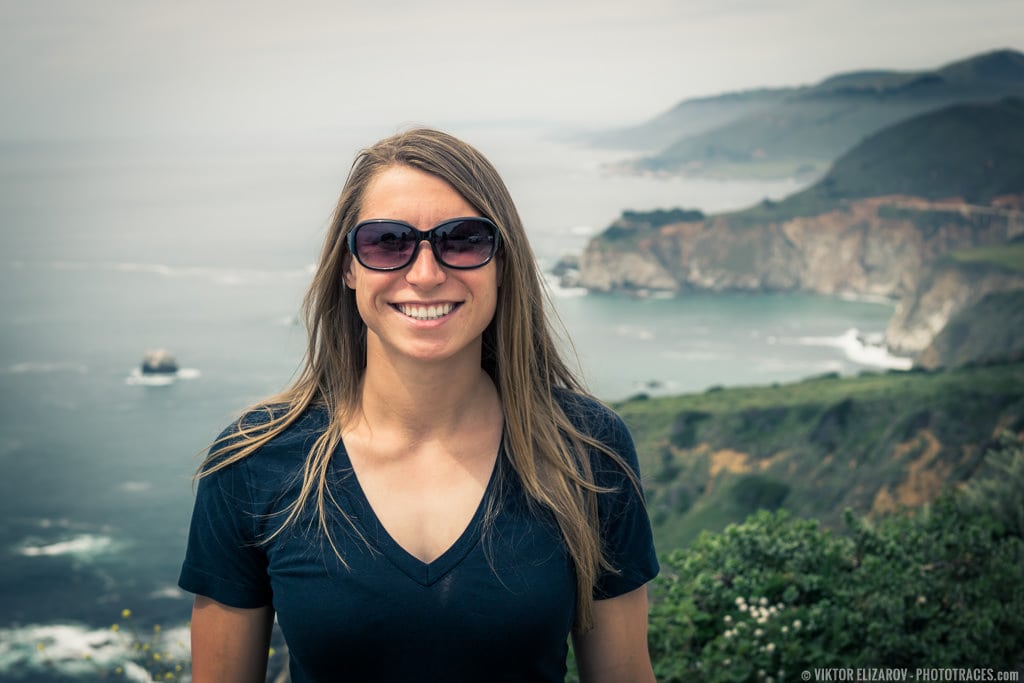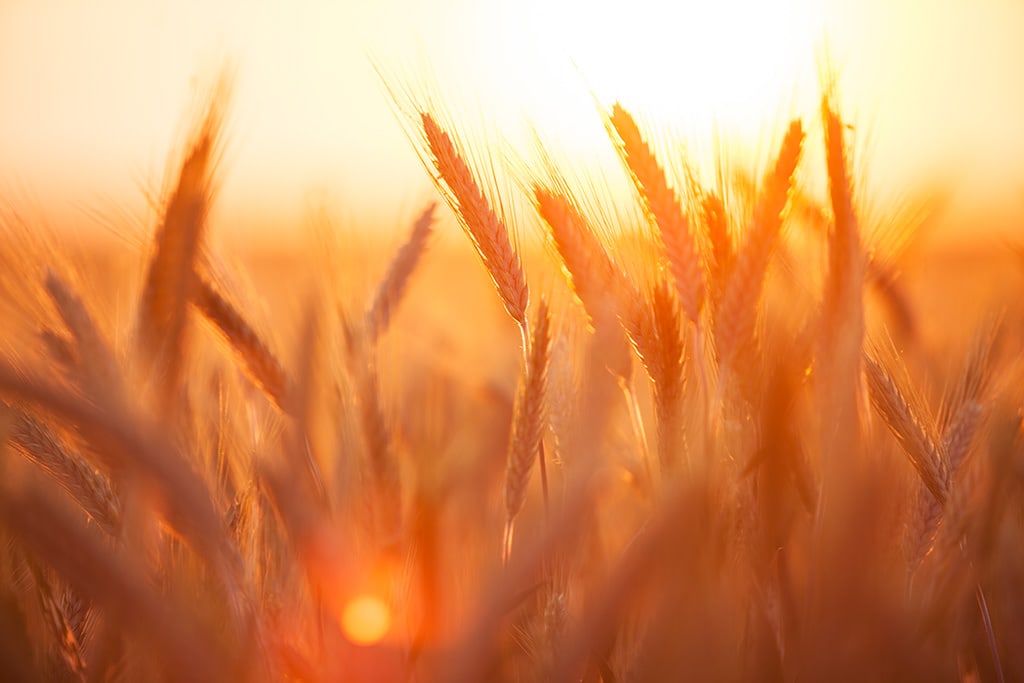[ad_1]
In case you’re all in favour of images, then you definitely’ve in all probability come throughout articles that speak about “taking pictures large open.”
However what does it imply to shoot large open? What does “large open” really consult with? And when do you have to even strive taking pictures large open?
On this article, I’m going to take you thru all the pieces you’ll want to find out about large open images.
And by the point you’ve completed, you’ll know when and easy methods to shoot large open (for the very best outcomes).
Let’s get began.
What Does It Imply to Shoot Broad Open?
First issues first:
What’s large open taking pictures?
All of it has to do with one thing referred to as aperture, which refers to a diaphragm inside your digital camera’s lens.
Mainly, as you regulate the aperture setting in your digital camera, your lens’s aperture diaphragm will get narrower or wider.


And when the aperture will get as large as it could presumably get, we are saying that it’s large open.
In different phrases:
To shoot large open, you dial in your lens’s widest attainable aperture.
And the diaphragm will open up all the best way with a view to obtain a large open shot.
Now, why does aperture really matter? And what does taking pictures large open really do in your pictures?
Properly, aperture controls two primary capabilities.
Aperture and Publicity
First, it determines publicity–that’s, the general brightness of a scene.
By widening the aperture, you’ll get a brighter shot (all else being equal).
And by narrowing the aperture, you’ll get a darker shot (all else being equal).
Aperture and Depth of Area (DoF)
Aperture additionally controls one thing referred to as depth of area, which refers to sharpness all through the scene.
A photograph with a deep depth of area is sharp all through, from foreground to background.
A photograph with a shallow depth of area is simply sharp in a really small portion of the scene.
Observe that the broader the aperture, the shallower the depth of area. So by taking pictures large open, you’ll obtain a shallow depth of area impact.
To recap, taking pictures large open entails:
– widening your aperture so far as it could go
– large open aperture brightens your photographs
– taking pictures large open creates a shallower depth of area impact
Make sense?
When to Shoot Broad Open
You’re in all probability questioning:
Is it a good suggestion to shoot large open? Will it give me good outcomes?
And the reality is that it relies upon. Capturing large open can lead to lovely photographs, nevertheless it additionally comes with some critical drawbacks (which I’ll focus on in a later part).
For now, let’s concentrate on the occasions once you’ll wish to shoot large open, beginning with:
Capturing Broad Open: Portraits
In portrait images, the objective is usually to make your topic stand out towards the background.


And by taking pictures large open, you make sure that your topic is sharp whereas the background is blurry, which additional emphasizes the topic whereas inflicting the background to recede.
That’s why large open taking pictures is so widespread amongst portrait photographers; it permits them to emphasise the topic for gorgeous outcomes.
Shoot Broad Open in Daylight
As I defined above, the broader your aperture, the brighter your shot.
Now, beneath most circumstances, you’ll be able to really compensate for an overly-bright publicity by growing your shutter pace.
(A sooner shutter pace permits much less mild to provide a darker photograph.)
However when taking pictures beneath vivid daylight, you’ll battle to widen your aperture, as a result of even with the fastest-possible shutter pace, you’ll nonetheless get overexposed photographs.
So what do you do?
You employ impartial density filters, that are designed to dam mild with out compromising the general picture high quality.


Simply pop an ND filter onto the entrance of your lens, and also you’ll be capable of widen your aperture as a lot as you need (assuming your ND filter is robust sufficient).
Capturing Broad Open: Landscapes
In panorama images, taking pictures large open is much less widespread than taking pictures stopped down (i.e., taking pictures with a slender aperture).
See additionally: Images Fundamentals for Inexperienced persons
However there are occasions you would possibly wish to shoot landscapes large open.
Astrophotography
To begin with, when photographing stars at evening, taking pictures large open offers you the chance to get a shorter publicity, which can forestall the celebrities from blurring.


Blurred Background
Second, you’ll be able to shoot large open to blur the background of a panorama and create visible separation between your topic and the world behind it.


Controlling Shutter Pace
Third, once you’re taking pictures handheld, you’ll want a fast-enough shutter pace to stop digital camera shake.
So, if the sunshine is low, you’ll wish to widen your aperture till you obtain a good shutter pace.
Maximizing DoF
Fourth, as your lens focuses on areas farther and farther within the distance, even a large aperture will permit you to obtain a giant depth of area. So you’ll be able to safely shoot distant topics large open.
Advantages of Capturing Broad Open
As I discussed above, taking pictures large open lets you create a satisfying separation between your topic and background–which helps the topic stand out and sometimes ends in a extra impactful photograph.


Capturing large open additionally helps you obtain a sooner shutter pace, thus avoiding digital camera shake and topic blur. So should you’re taking pictures handheld, taking pictures large open typically is smart, particularly if the mild is low.
Shortcomings of Capturing Broad Open
Whereas large open images typically offers nice outcomes, it does include some drawbacks.
Lack of Optical High quality
Lenses are usually softer when taking pictures large open, which signifies that you’ll typically lose a little bit of sharpness when widening your aperture all the best way.
Vignetting Impact
Lenses typically produce vignettes (i.e., a slight darkening on the edges of the body) when large open. Fortuitously, that is simple to repair in post-processing, so it’s usually not a significant issue, so long as you’re prepared to spend a number of additional seconds behind the pc.
Shallow Depth of Area
Capturing large open offers you a really shallow depth of area impact. For some kinds of images, it is a nice look–however should you’re attempting to maintain all the photograph tack sharp, then a shallow depth of area is exactly what you don’t need.
Want for Additional Gear (ND Filters)
The broader your aperture, the brighter the ensuing shot. You possibly can counteract this by elevating the shutter pace, however in broad daylight, this typically isn’t attainable. So that you’ll have to hold impartial density filters with you into the sphere, which may be annoying, in addition to costly.
Conclusion
Capturing large open is a superb method to have in your images arsenal, as a result of it offers attention-grabbing results whereas additionally serving to keep away from blur.
So go forward and do some large open images. You’re certain to get some highly effective outcomes!
Articles Associated to “What Does It Imply to Shoot Broad Open?“
[ad_2]